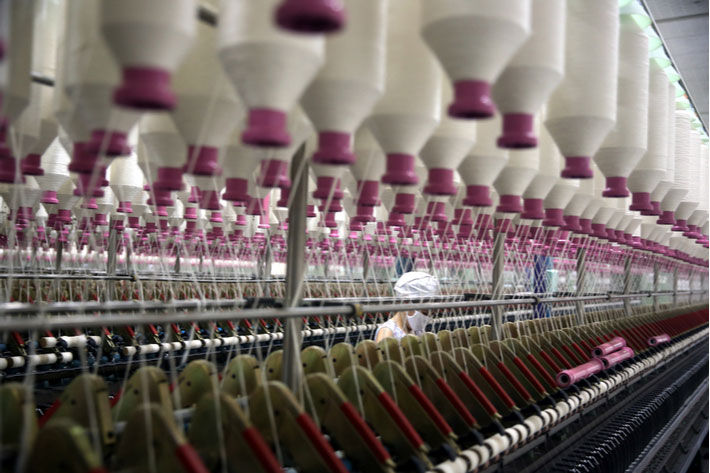
The RCEP should give them access to supply chains that extend across the Asia-Pacific region as most of the input materials for Vietnam’s exports are sourced from RCEP countries, he said.
Standard Chartered Bank released its latest Global Research Report titled ‘Vietnam–RCEP: Opportunities and challenges’. The deal is expected to eliminate about 90 per cent of tariffs on trade between the signatories within 20 years.
The membership in the pact further strengthens Vietnam’s trade position and should contribute to the post-pandemic recovery this year. Major export categories that are expected to benefit from the RCEP include information technology, textiles, footwear, agriculture, automobile and telecommunications, the report said.
Over the longer term, the deal could form the basis for a new supply chain in the region, with Vietnam playing a key role. The country targets average export growth at 6-7 per cent a year from 2021-30.
“SMEs, which account for 98 per cent of all enterprises in Vietnam and contribute 40 per cent of GDP, are poised to benefit as the pact provides opportunities for them to move up the value chain,” the report said.
However, Vietnam is also likely to face more competition, both in export markets and domestically, as a result of RCEP. For exports, the pact increases competition from other Southeast Asian countries, some of which are strong in similar product categories to Vietnam.
Over time, this could prompt Vietnam to move into high-tech manufacturing, said the report. RCEP should facilitate this process, making it easier to source high-quality materials from other member countries and improving market access for higher-value-added goods.
More broadly, the RCEP is likely to accelerate China’s economic integration with the rest of the Asia–Pacific region; in contrast, the United States is not an RCEP signatory. Vietnam will continue to benefit from its role as an alternative manufacturing hub as companies adopt a ‘China plus one’ diversification strategy.
At the same time, however, China’s low-cost products will gain better access to Vietnam’s domestic market under RCEP, posing potential challenges to domestic competitors, it added.
Standard Chartered Bank’s economists expect a strong current account (C/A) surplus and foreign direct investment flows to remain the key pillars of support for the Vietnamese dong over the long run. The RCEP is likely to further boost Vietnam’s exports, supporting the C/A balance, and help attract increased direct investment flows.
Fibre2Fashion News Desk (DS)